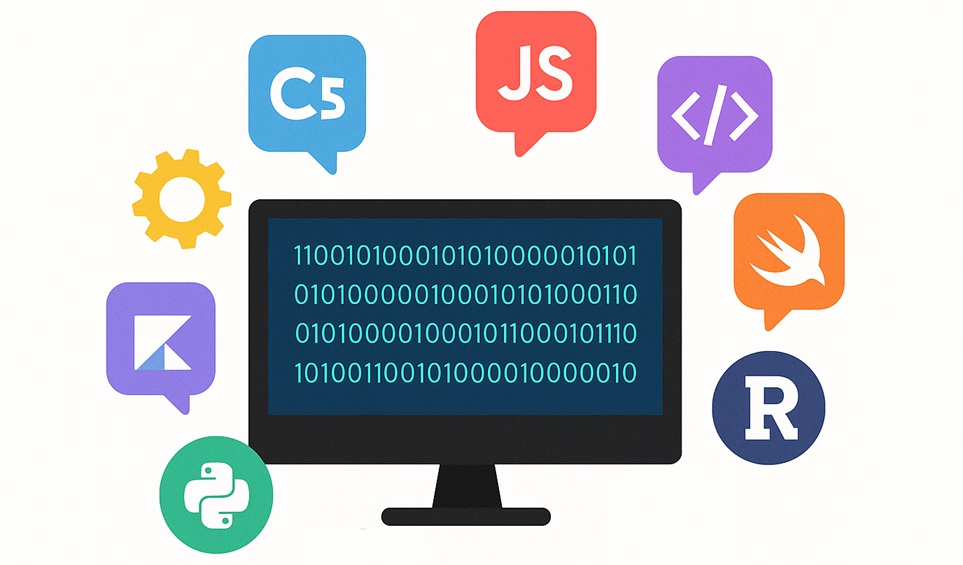Shipping as a Bottleneck: Why Automation Is No Longer Optional
In logistics, speed and visibility define the customer experience. But relying on manual shipping processes, CSV uploads, or outdated courier plugins is a fast track to delivery errors, customer complaints, and unnecessary costs.
Modern logistics demands API-first infrastructure, where your software talks directly to carriers like DHL—automating everything from label generation to real-time tracking and rate comparisons.
Why DHL? A Global Backbone for B2B and B2C Delivery
DHL isn’t just a delivery company—it’s a global logistics backbone that powers over 1.6 billion shipments annually. With a presence in 220+ countries, their API suite lets your logistics software tap into:
- Express international deliveries
- Last-mile local courier services
- Real-time tracking and rate optimization
- Smart routing and pickup scheduling
Whether you're running an eCommerce platform, a 3PL network, or a custom-built TMS, DHL APIs unlock new levels of speed, control, and transparency.
Why Integrate the DHL API?
If you're managing a logistics operation or running an eCommerce business, shipping isn't just a cost—it's a competitive differentiator. Fast, reliable, and transparent delivery builds trust. But here’s the catch: manually managing DHL shipments through their web portal doesn’t scale. You waste hours clicking buttons, copy-pasting tracking numbers, and reconciling delivery data.
The DHL API changes the game.
It enables real-time shipping integration, letting your platform communicate directly with DHL’s infrastructure. That means you can automate everything—from rate calculations and label generation to shipment tracking and customs data submission.
Where Is DHL API Used?
1. eCommerce Platforms
If you're using Shopify, WooCommerce, Magento, or a custom cart—integrating DHL's API allows you to:
- Offer dynamic shipping rates at checkout based on destination and item weight.
- Generate shipping labels automatically.
- Send tracking links to customers instantly.
- Sync delivery status to your order management system.
Example: A Shopify store offering international delivery can show real-time DHL Express rates and automate label printing once the order is confirmed.
2. Warehouse and Fulfillment Systems
WMS platforms or 3PLs use DHL APIs to:
- Batch-generate hundreds of labels per hour.
- Schedule courier pickups programmatically.
- Get proof-of-delivery (POD) data back into the system.
- Reduce errors from manual entry.
Example: A fulfillment center processing 5,000 orders/day automates dispatching through the API and avoids 40+ hours/week of manual admin.
3. Logistics ERP or TMS (Transportation Management Systems)
If you're building or customizing a TMS:
- Use the DHL Rate API to compare DHL with other carriers.
- Integrate the Tracking API to provide centralized parcel status.
- Automate export documentation for cross-border shipping.
Example: A logistics company managing intercontinental shipments for multiple clients integrates DHL and FedEx APIs to optimize cost per route in real time.
Key DHL API Modules You Can Leverage
DHL offers a wide set of APIs tailored to different use cases. Here are the most commonly used:
1. Shipment API
Automates the creation of shipping labels and returns airway bill numbers.
Use it to:
- Batch-generate labels
- Auto-schedule pickups
- Handle reverse logistics
2. Rate and Transit Time API
Returns real-time shipping rates and delivery estimates based on origin, destination, weight, and service type.
Use it to:
- Show accurate rates at checkout
- Offer multiple delivery options (Express, Economy)
3. Tracking API
Fetches the status of a shipment using the tracking number.
Use it to:
- Display live shipment updates in your CRM or order dashboard
- Trigger alerts for delays or exceptions
4. Location Finder API
Helps customers locate the nearest DHL drop-off or pickup points.
Use it to:
- Enhance the UX on mobile apps or shipping selection screens
Common Implementation Challenges (and How to Avoid Them)
Even though DHL APIs are well-documented, integration can hit some roadblocks:
- Authentication Complexity: DHL uses OAuth2, and sandbox vs production credentials behave differently.
- Regional Variants: API availability and behavior might vary between DHL Express (international) and DHL eCommerce (domestic/local).
- Label Formatting Issues: Some printers can’t handle ZPL/EPL output formats without customization.
- Error Debugging: Vague HTTP 400s without detailed error codes can slow development.
Pro Tip: Work with a middleware or microservice architecture to decouple DHL-specific logic from your core app. This makes switching or adding FedEx/UPS later much easier.
Why Work With TwinCore?
Integrating shipping APIs isn’t just about writing code—it’s about making your logistics operations faster, leaner, and scalable.
At TwinCore, we help eCommerce platforms, 3PLs, and logistics companies build robust integrations with carriers like DHL, FedEx, and UPS. Our team brings:
- End-to-end API integration: From sandbox testing to full production launch
- Custom dashboards: Visualize shipments, alerts, and KPIs in one place
- Failover logic: Automated fallbacks if DHL API is unavailable
- Multi-carrier systems: Compare rates, delivery times, and SLA adherence across carriers
Conclusion: Make DHL Work for You
Shipping isn’t just about boxes—it’s about automation, visibility, and customer experience. With DHL API integrated into your logistics software, you gain:
- Real-time shipping precision
- Lower operational overhead
- Seamless customer communication
- Improved delivery success rates
Want to see it in action? Contact TwinCore for a personalized demo—we’ll show you how DHL integration fits into your unique logistics stack.

 LinkedIn
LinkedIn
 Twitter
Twitter
 Facebook
Facebook
 Youtube
Youtube







